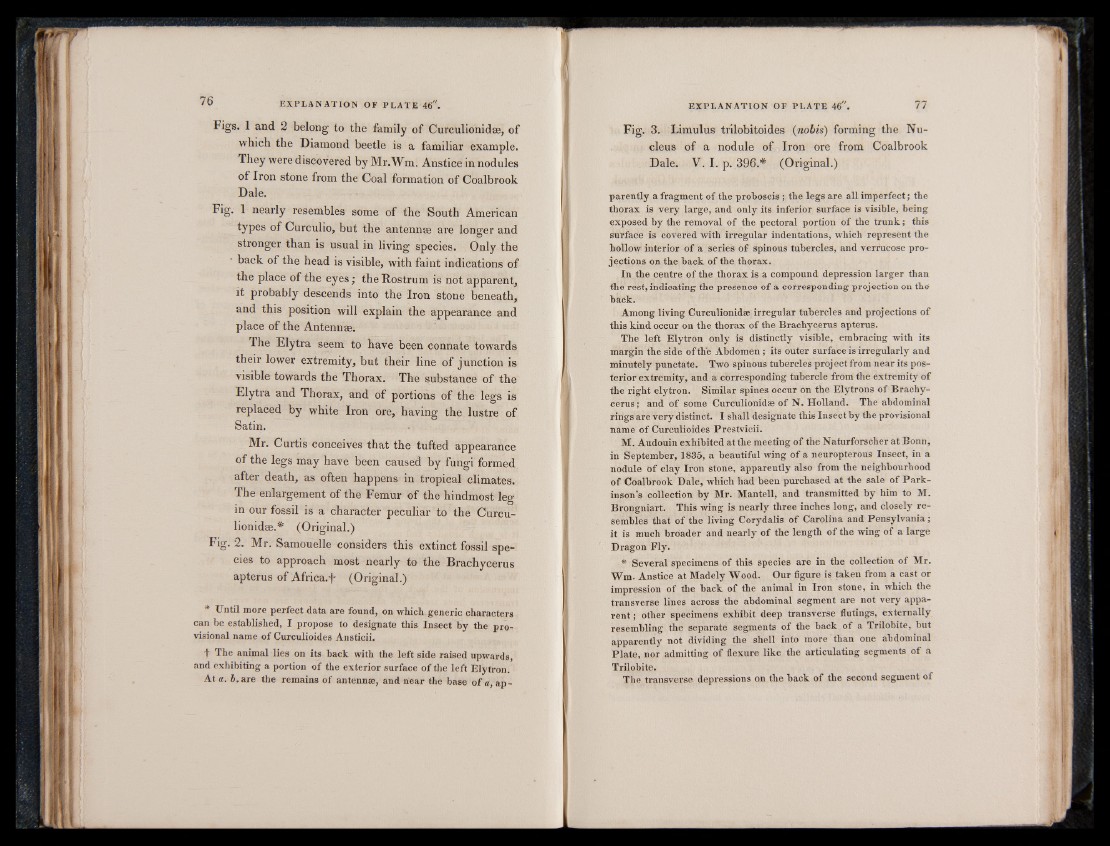
Figs. 1 and 2 belong to the family of Curculionidae, of
which the Diamond beetle is a familiar example.
They were discovered by Mr.Wm. Anstice in nodules
of Iron stone from the Coal formation of Coalbrook
Dale.
Fig. 1 nearly resembles some of the South American
types of Curculio, but the antennae are longer and
stronger than is usual in living species. Only the
back of the head is visible, with faint indications of
the place of the eyes; the Rostrum is not apparent,
it probably descends into the Iron stone beneath,
and this position will explain the appearance and
place of the Antennae.
The Elytra seem to have been connate towards
their lower extremity, but their line of junction is
visible towards the Thorax. The substance of the
Elytra and Thorax, and of portions of the legs is
replaced by white Iron ore, having the lustre of
Satin.
Mr. Curtis conceives that the tufted appearance
of the legs may have been caused by fungi formed
after death, as often happens in tropical climates.
The enlargement of the Femur of the hindmost leg
in our fossil is a character peculiar to the Curculionidae.*
(Original.)
Fig. 2. Mr. Samouelle considers this extinct fossil species
to approach most nearly to the Brachycerus
apterus of Africa.f (Original.)
* Until more perfect data are found, on which generic characters
can be established, I propose to designate this Insect by the provisional
name of Curculioides Ansticii.
t The animal lies on its hack with the left side raised upwards,
and exhibiting a portion of the exterior surface of the left Elytron.'
At a. b. are the remains of antennae, and near the base of«, ap-
Fig. 3. Limulus trilobitoides (nobis) forming the Nucleus
of a nodule of Iron ore from Coalbrook
Dale. V. I. p. 396.* (Original.)
parently a fragment of the proboscis ; the legs are all imperfect; the
thorax is very large, and only its inferior surface is visible, being
exposed by the removal of the pectoral portion of the tru n k ; this
surface is covered with irregular indentations, which represent the
hollow interior of a series of spinous tubercles, and verrucose projections
on the back of the thorax.
In the centre of the thorax is a compound depression larger than
the rest, indicating the presence of a corresponding projection on the
back.
Among living Curculionidae irregular tubercles and projections of
this kind occur on the thorax of the Brachycerus apterus.
The left Elytron only is distinctly visible, embracing with its
margin the side of the Abdomen; its outer surface is irregularly and
minutely punctate. Two spinous tubercles project from near its posterior
extremity, and a corresponding tubercle from the extremity of
the right elytron. Similar spines occur on the Elytrons of Brachycerus;
and of some Curculionidas of N. Holland. The abdominal
rings are very distinct. I shall designate this Insect by the provisional
name of Curculioides Prestvicii.
M. Audouin exhibited atthe meeting of the Naturforscher at Bonn,
in September, 1835, a beautiful wing of a neuropterous Insect, in a
nodule of clay Iron stone, apparently also from the neighbourhood
of Coalbrook Dale, which had been purchased at the sale of Parkinson’s
collection by Mr. Mantell, and transmitted by him to M.
Brongniart. This wing is nearly three inches long, and closely resembles
that of the living Corydalis of Carolina and Pensylvania;
it is much broader and nearly of the length of the wing of a large
Dragon Fly.
* Several specimens of this species are in the collection of Mr.
Wm. Anstice at Madely Wood. Our figure is taken from a cast or
impression of the back of the animal in Iron stone, in which the
transverse lines across the abdominal segment are not very apparent
; other specimens exhibit deep transverse flutings, externally
resembling the separate segments of the back of a Trilobite, but
apparently not dividing the shell into more than one abdominal
Plate, nor admitting of flexure like the articulating segments of a
Trilobite.
The transverse depressions on the back of the second segment of